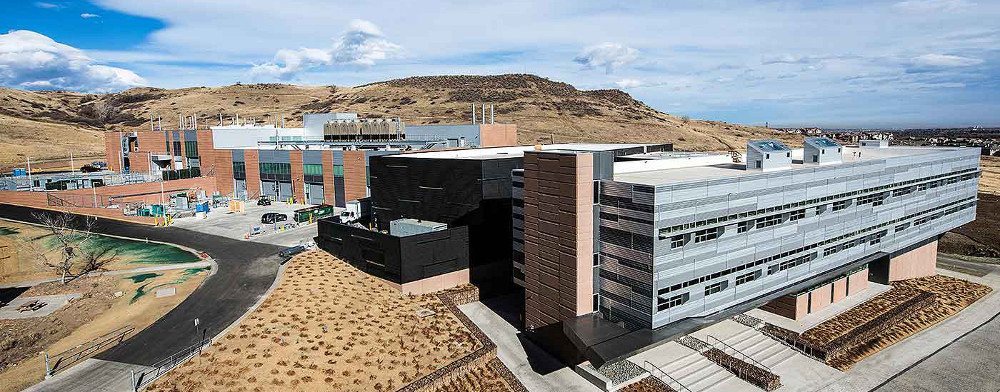Overview
Individual sustainability projects should support strategic long-term goals. But how do you set long-term goals and plan projects to meet them? Here you can explore practical approaches to strategic long-term planning that emphasize resource and risk reduction.
Net Zero Energy Building
Net Zero Energy Building means that a building balances its energy needs with energy produced from renewable, zero-emission sources. Learn how to assess your performance, prioritize improvements, and evaluate renewable options.

NREL Research Support Facility, Golden CO

